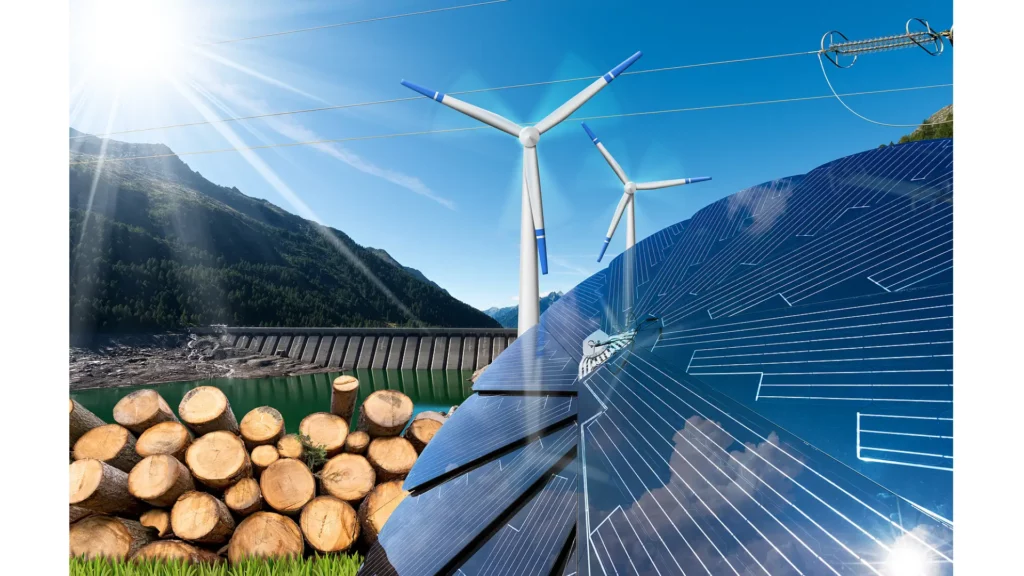The Benefits of Renewable Energy
The global energy landscape is on the cusp of a transformation, driven by the urgent need for sustainable and environmentally friendly energy solutions.
Renewable energy stands out as a pivotal element in this transition, promising to redefine how we produce, consume, and think about energy.
This extensive exploration ventures beyond the surface to uncover the multifaceted benefits of renewable energy, confront the challenges head-on, and chart the course toward a renewable-powered future.
Engaging with policy implications, technological innovations, and societal impacts, this guide aims to equip readers with a profound understanding of the renewable energy paradigm.
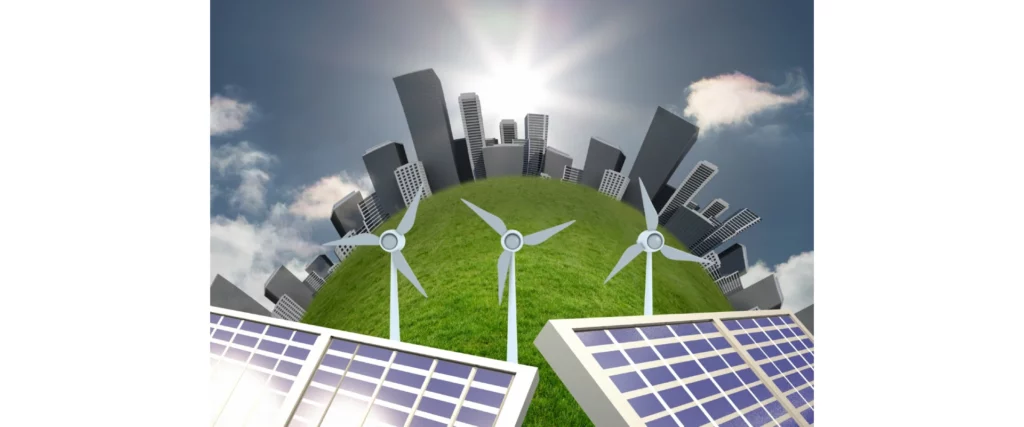
Unveiling the Power of Renewable Resources
Diverse Sources, Unified Goal
Renewable energy encompasses a variety of sources, each with unique characteristics and applications:
- Solar Power: From residential rooftop panels to vast solar farms, solar energy is versatile and widely applicable.
- Wind Energy: With the capability to be deployed onshore and offshore, wind turbines harness natural wind patterns to generate electricity.
- Hydropower: Utilizing water flow in rivers or man-made installations, hydropower remains a cornerstone of renewable energy.
- Geothermal Energy: Tapping into the earth's heat, geothermal plants provide both electricity and direct heating solutions.
- Biomass and Biofuels: Organic materials, from agricultural waste to specially grown crops, are converted into energy or fuels.
Each of these sources plays a crucial role in the renewable energy mosaic, offering different benefits depending on geographical, technological, and economic contexts.
The Environmental Imperative
The transition to renewable energy is underpinned by its potential to mitigate some of the most pressing environmental issues:
- Reduction in Carbon Emissions: A pivot from fossil fuels to renewables drastically cuts greenhouse gas emissions, combating climate change.
- Conservation of Natural Resources: Renewables offer a sustainable alternative that reduces the strain on finite resources.
- Biodiversity Protection: By minimizing habitat disruption and pollution, renewable projects can contribute to the conservation of biodiversity.
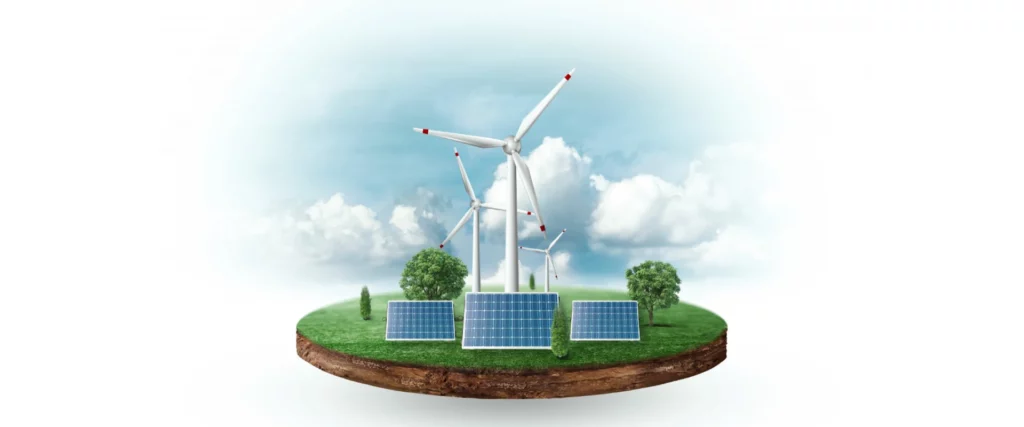
Economic Implications and Opportunities
Fueling Economic Growth
The economic landscape of renewable energy is characterized by growth, innovation, and resilience:
- Employment Opportunities: The renewable sector has become a major job creator, offering diverse roles from engineering to administration.
- Investment Attraction: Renewable projects attract significant investments, stimulating local and national economies.
- Energy Cost Reduction: Over time, renewable energy can significantly lower energy costs for consumers and businesses alike.
Analyzing the Cost Dynamics
The financial aspects of renewable energy are multifaceted, involving initial investments, operational costs, and long-term savings:
- Capital Expenditure: High upfront costs are often offset by low operating expenses and long-term savings.
- Government Policies: Subsidies, incentives, and tax breaks play a pivotal role in making renewable projects financially viable.
- Technological Advancements: Continuous innovation in technology drives down costs and improves efficiency, making renewables increasingly competitive.
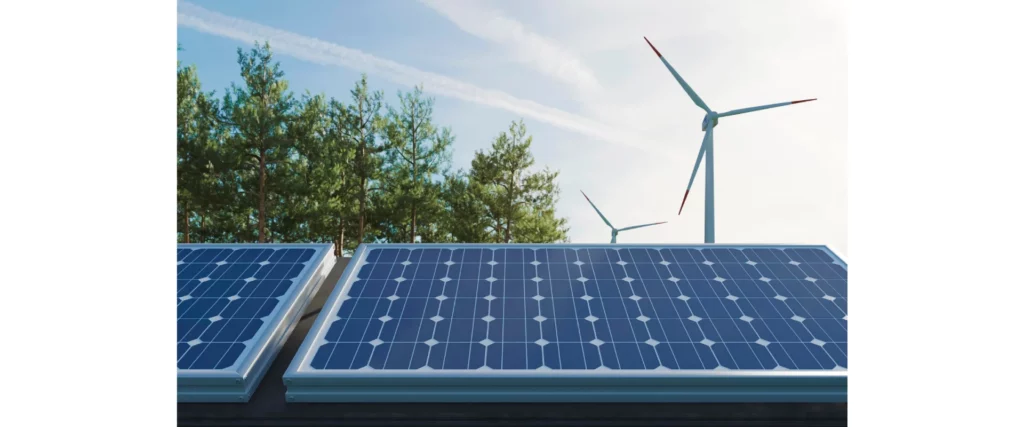
Technological Innovations and Grid Integration
Pioneering a Future of Energy Reliability
Addressing the intermittency and variability of renewable sources is crucial for ensuring a stable energy supply:
- Smart Grids: Advanced grid technologies facilitate efficient distribution and management of renewable energy, adapting to fluctuating supply and demand.
- Hybrid Systems: Combining multiple renewable sources and storage solutions enhances reliability and energy security.
- Demand Response: Innovative approaches to managing energy demand, such as incentivizing off-peak usage, can align with renewable energy production patterns.
Environmental and Social Considerations
Navigating the Path to Sustainability
While renewable energy significantly reduces environmental footprints, it's important to approach development responsibly:
- Ecosystem Impact Assessments: Thorough evaluations and planning can minimize the impact on ecosystems and wildlife.
- Community Engagement: Involving local communities in the planning and benefits of renewable projects fosters support and ensures equitable outcomes.
- Sustainable Resource Management: Ensuring the sustainable sourcing and use of materials for renewable energy systems is essential for minimizing ecological impacts.
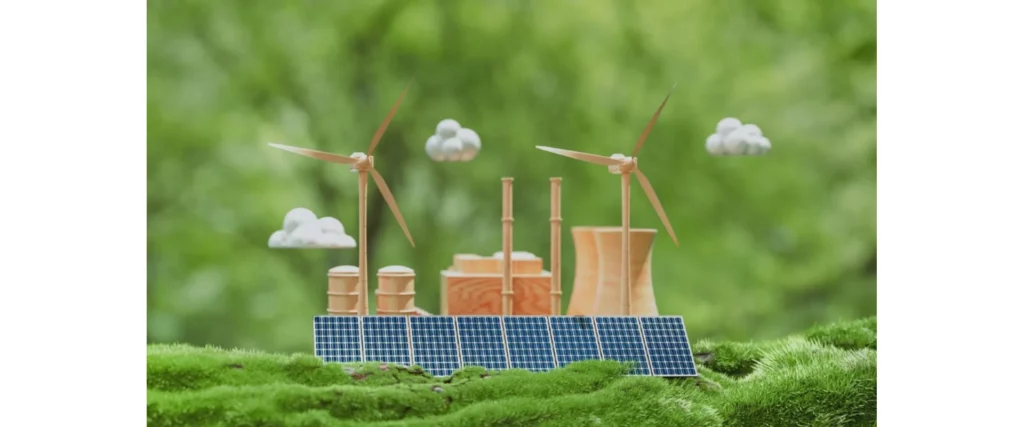
Overcoming Barriers and Embracing Opportunities
Charting the Course Through Challenges
The journey toward widespread renewable energy adoption is fraught with obstacles, yet these challenges also present opportunities for growth and innovation:
- Infrastructure Development: Upgrading and expanding infrastructure to accommodate renewable energy is a significant undertaking, requiring investment and innovation.
- Policy and Regulatory Support: Effective policies and regulations are critical to creating an enabling environment for renewable energy.
- Public Perception and Acceptance: Educating the public on the benefits and addressing concerns is key to building widespread support for renewable initiatives.
Conclusion: A Vision for the Renewable Energy Era
The transition to renewable energy is more than a technological or economic shift; it is a profound transformation of our relationship with energy, the environment, and each other.
As we stand at the threshold of this new era, the path forward requires collaboration, innovation, and a commitment to sustainability.
By embracing the potential of renewable energy, we can forge a future that is not only sustainable but also prosperous and equitable for all.
Source:
A comprehensive study of renewable energy sources: Classifications, challenges and suggestions

